What have the famous Arc de Triomphe in Paris, a boring town in Poland and a socially deprived area in South Germany in common?
In summer 2018 I decided to visit the idyllic and sleepy town of Lidzbark Warminski in far East Poland. At a first glance, there are not that many reasons to visit this town.
There is a cute baroque castle and the somehow obscure old town, which was destroyed in World War 2 and then rebuilt in a weird and mixed style of old and socialist architecture.
However, the reason why I drove hundreds of miles through all of Poland is Lidzbark Warminski’s turbulent history, which shaped not only Poland and Europe, but also me.
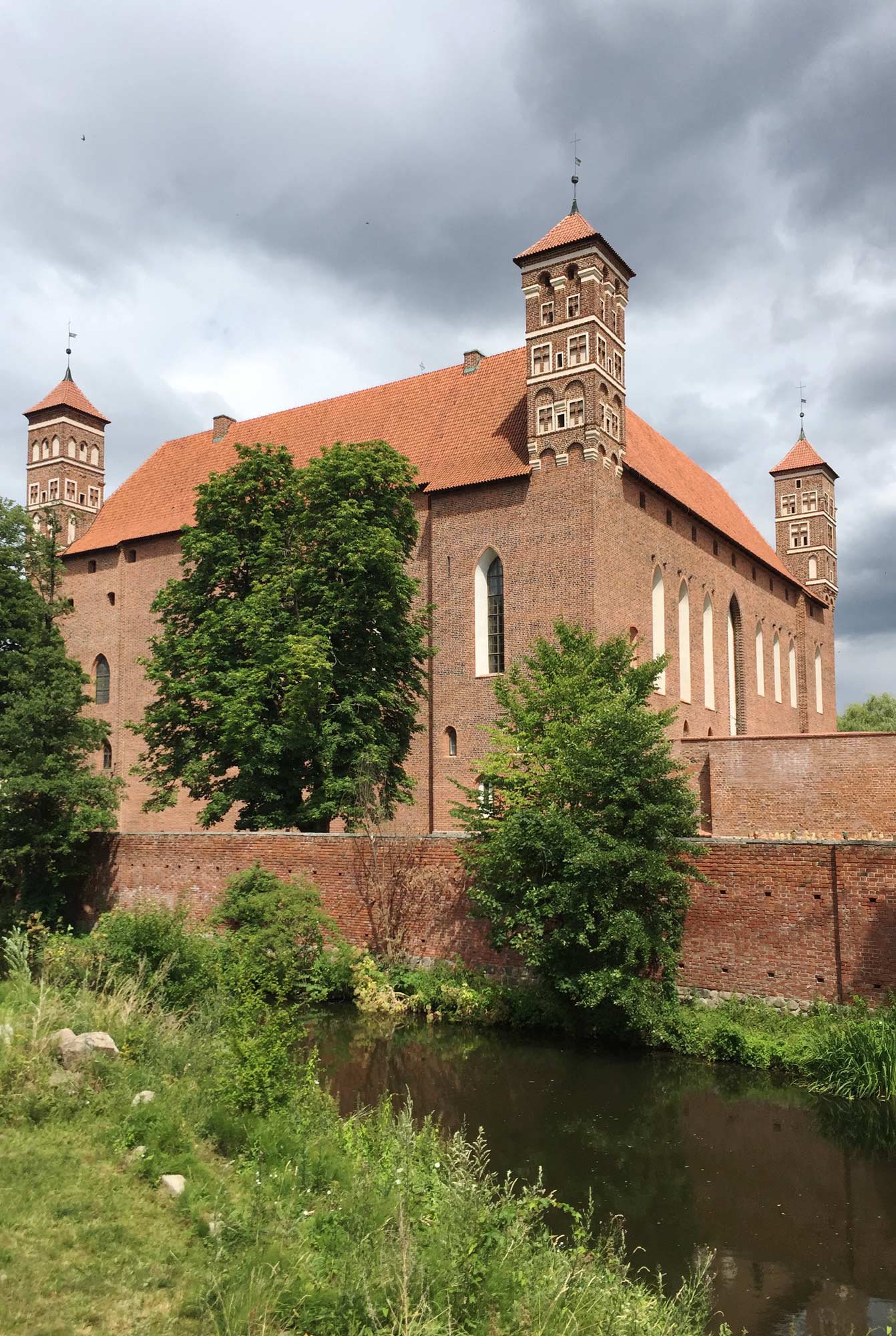


Before WW2, Germans were the majority for centuries. Back then, the town was called Heilsberg, part of powerful Prussia.
Allegedly, Nicolaus Copernicus set up his famous theory here and Karl Friedrich Schinkel, the Neo-Classical architect built one of his impressive wooden churches.
But the most important historic event was the so-called Battle of Heilsberg, one of the biggest blood battles in modern Europe, led by Napoleon Bonaparte. In memory of the great battle, you can still find the name Heilsberg engraved in the famous Arc de Triomphe in Paris today.


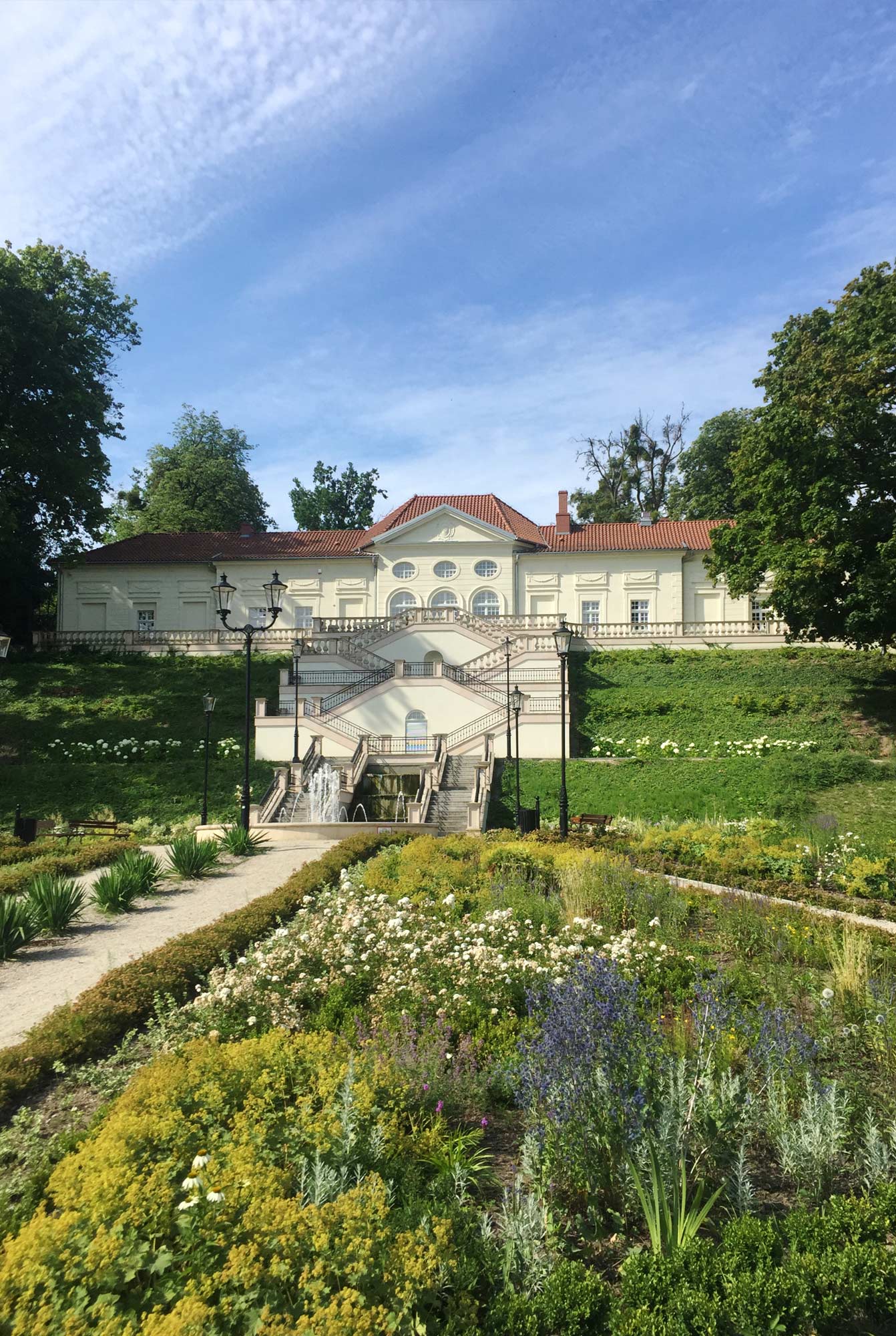


Centuries later with the capitulation of Nazi Germany, the population changed drastically.
After the WWII Poles moving from the East took over, renamed the town Lidzbark Warminski and got rid of all things German. At the same time, displaced Germans were forced to resettle westward in Allied-occupied Germany.
Since most cities had been bombed heavily, new simple residential areas were built on the outskirts in no time for the refugees. The apartment blocks were of little allure, mainly because they were built from the rubble of the destroyed cities.

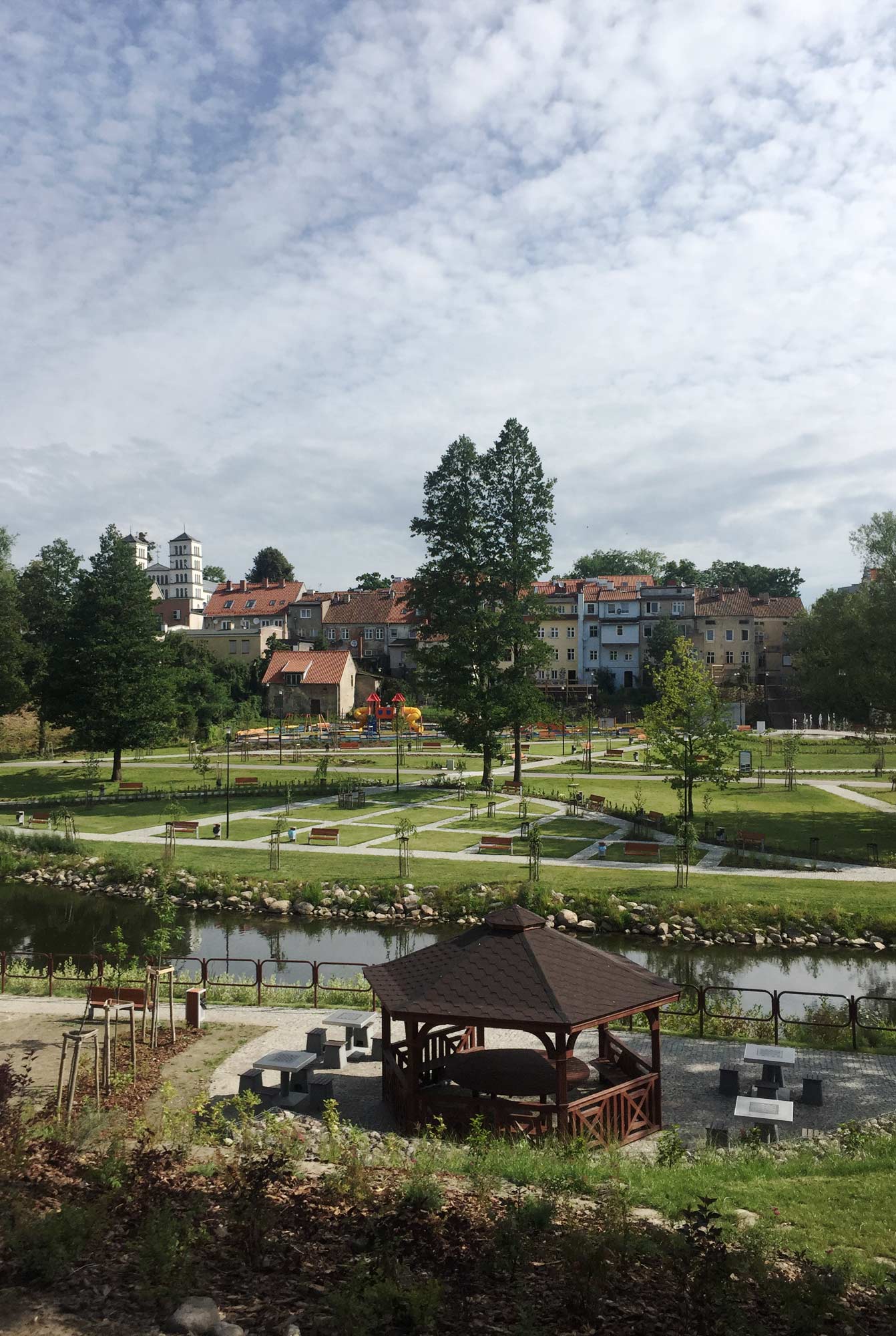
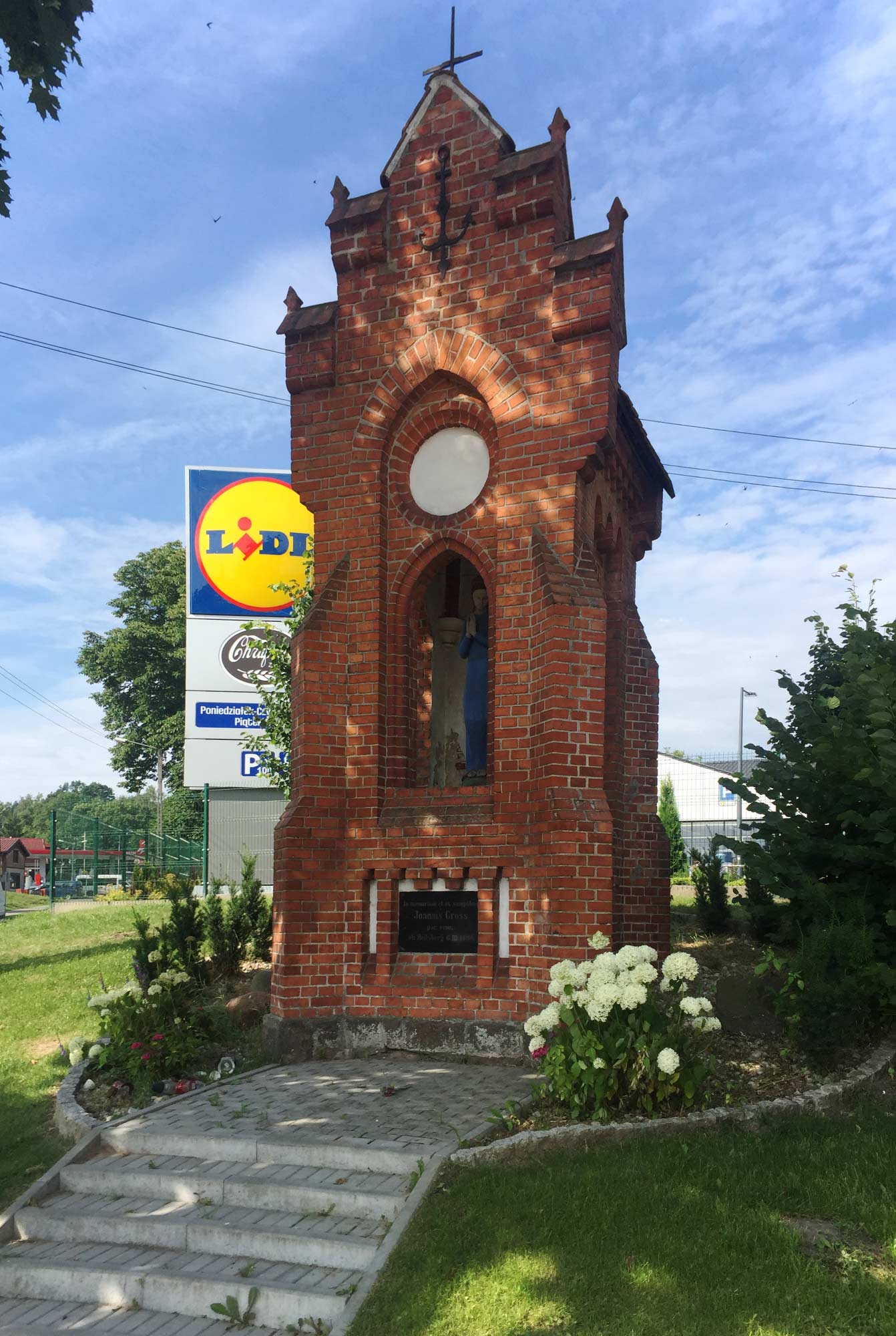
Fast forward to 1991, when the civil war broke out in Yugoslavia, I got stranded in Schönau, one of those post-war settlements in a remote district of Mannheim, a provincial town in South Germany.
All the streets were named after Prussian cities that the Germans who had built these new settlements had left behind: Königsberg, Tilsit, Marienburg or Memel. Me and my family ended up living in – listen up – Heilsberger Strasse (Heilsberg Street).
When we arrived, most of the Germans had already moved away. It was mainly foreign so-called guest workers from Turkey, Russia and Poland who now settled here.

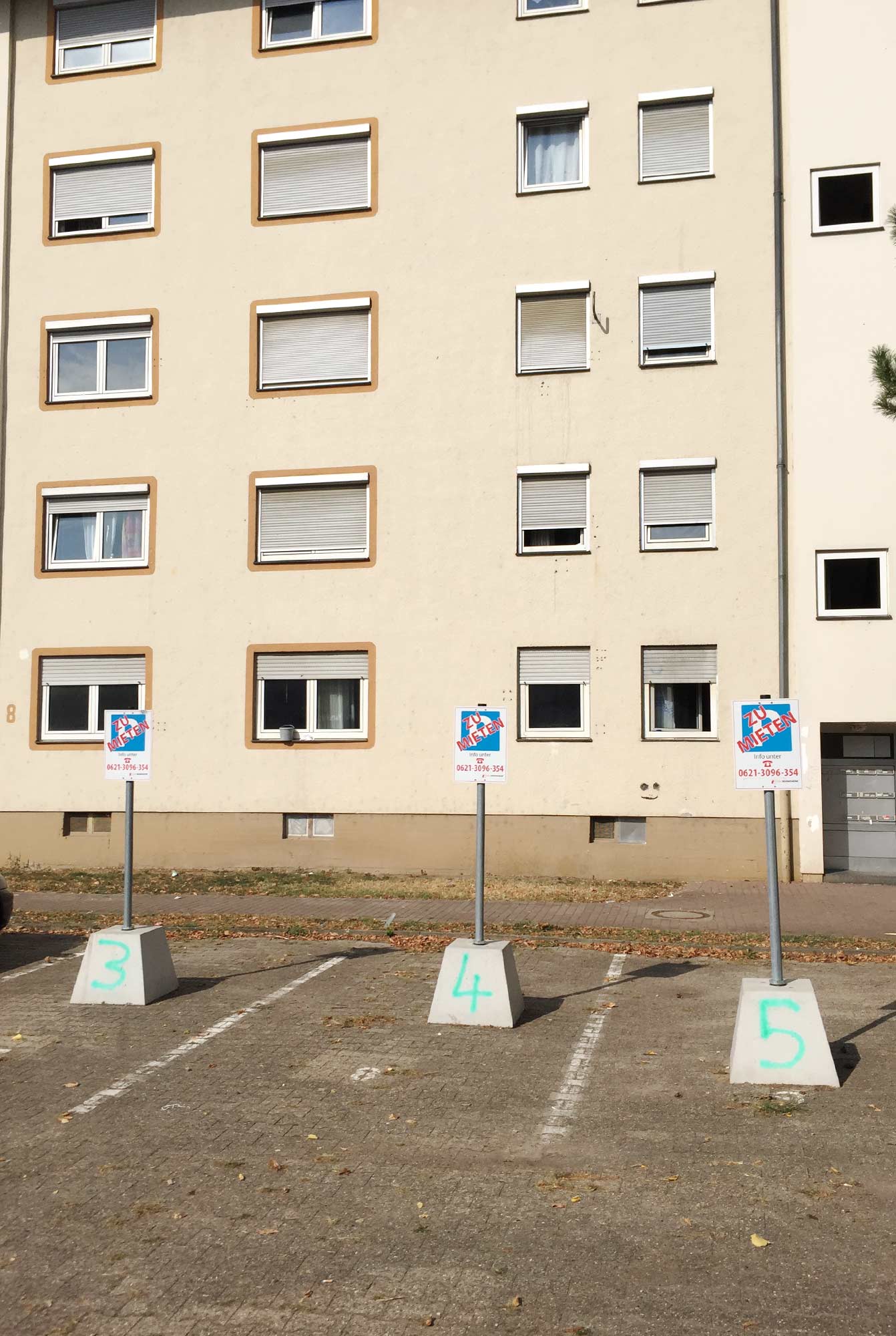
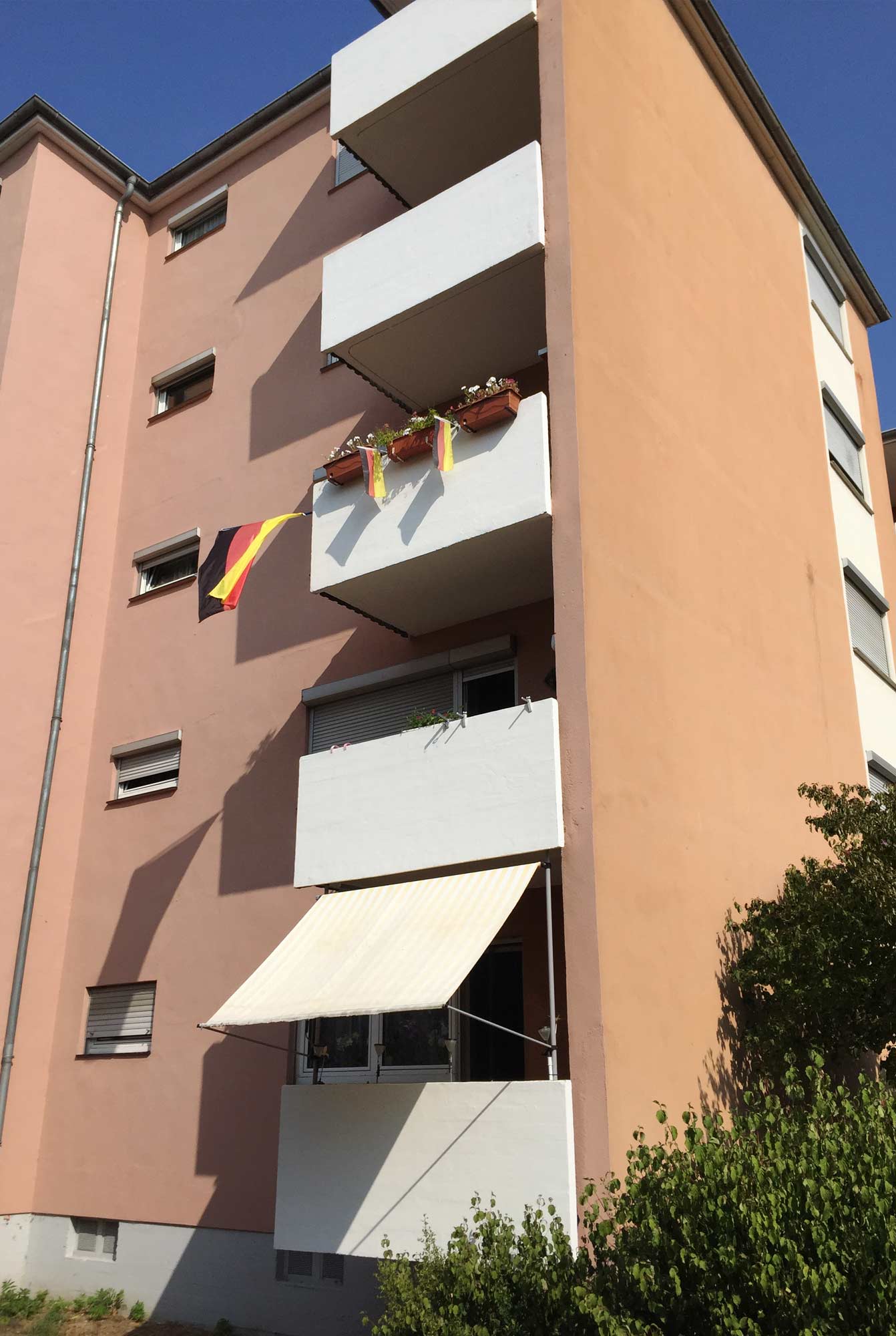

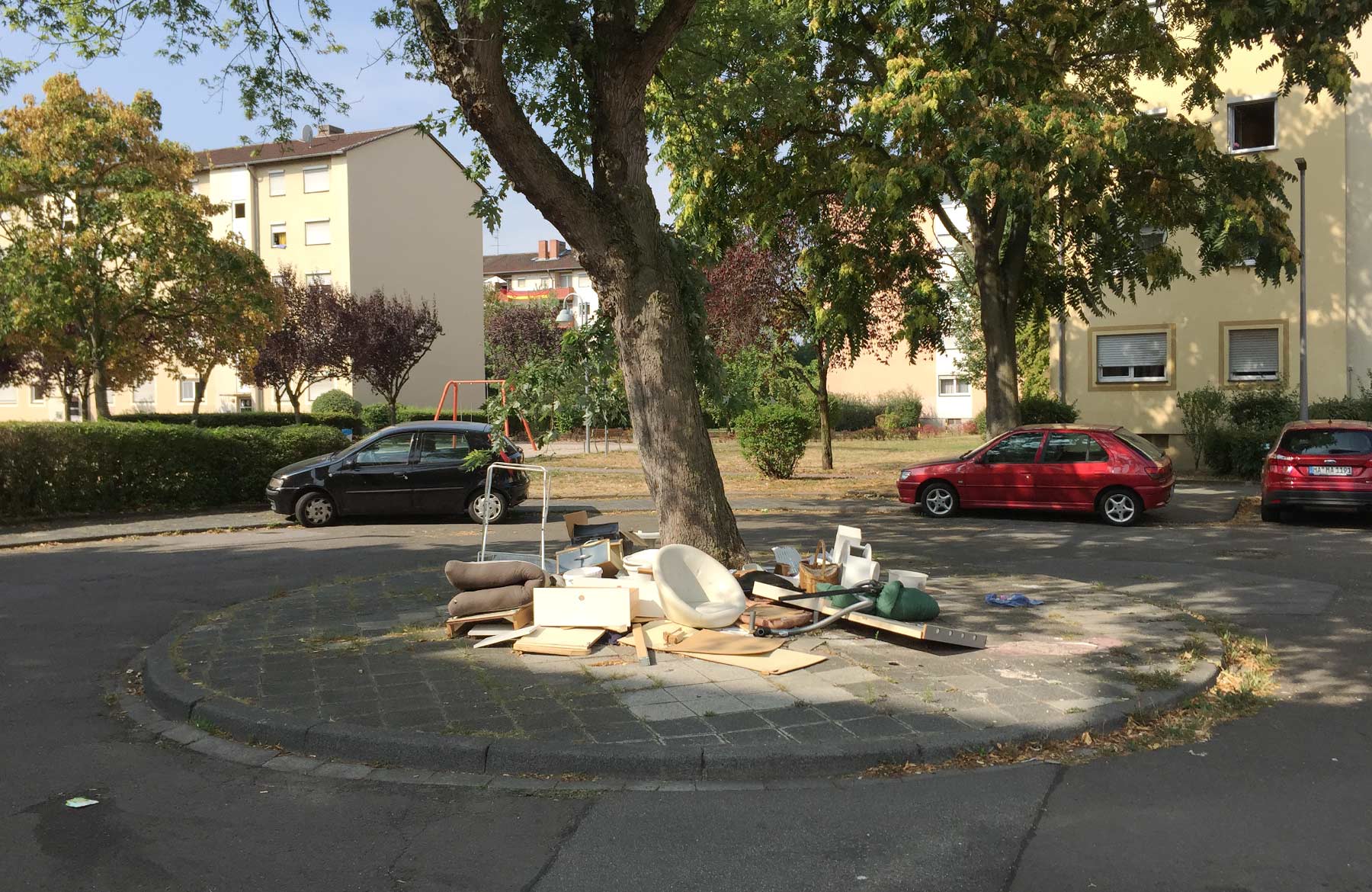
Even as a kid I knew: Damn! I’m not set up for an idyllic childhood in this area.
Schönau had always been a working-class neighborhood, considered poor, neglected, socially weak and for a time even dangerous due to its high crime rate. But it also has always been the first docking in the area for immigrants and refugees from around the world.
It was hard to get along with Schönau, also because I knew there were nicer places to live. I moved out when I was 18. Within all these years it never came to my mind to question the history of Schönau and its connection with distant towns in what is now Poland.



However, finding out recently that this place was built for refugees 70 years ago and that it hasn’t changed in all these years got me thinking: how tragic and sad and at the same time comical and repeatable the history of a small place can be.
What impact it can have on us, no matter when it took place, no matter to what extent, no matter if on a tiny personal or enormous scale. I never liked it but I kind of got pity for Schönau now.
Thus I was curious about Heilsberg, the place where the first residents of Schönau came from. And the place that indirectly influenced my childhood.
Schönau still exists. Some buildings have since been demolished because they simply do not meet today’s standards. Some have been renovated. And it is still an arrival point for people from all over the world.
Today mainly refugees from Africa and people from the Middle East live here. I wonder what goes through the kids’ minds in Schönau nowadays.
What have the famous Arc de Triomphe in Paris, a boring town in Poland and a socially deprived area in South Germany in common?
In summer 2018 I decided to visit the idyllic and sleepy town of Lidzbark Warminski in far East Poland. At a first glance, there are not that many reasons to visit this town.
There is a cute baroque castle and the somehow obscure old town, which was destroyed in World War 2 and then rebuilt in a weird and mixed style of old and socialist architecture.


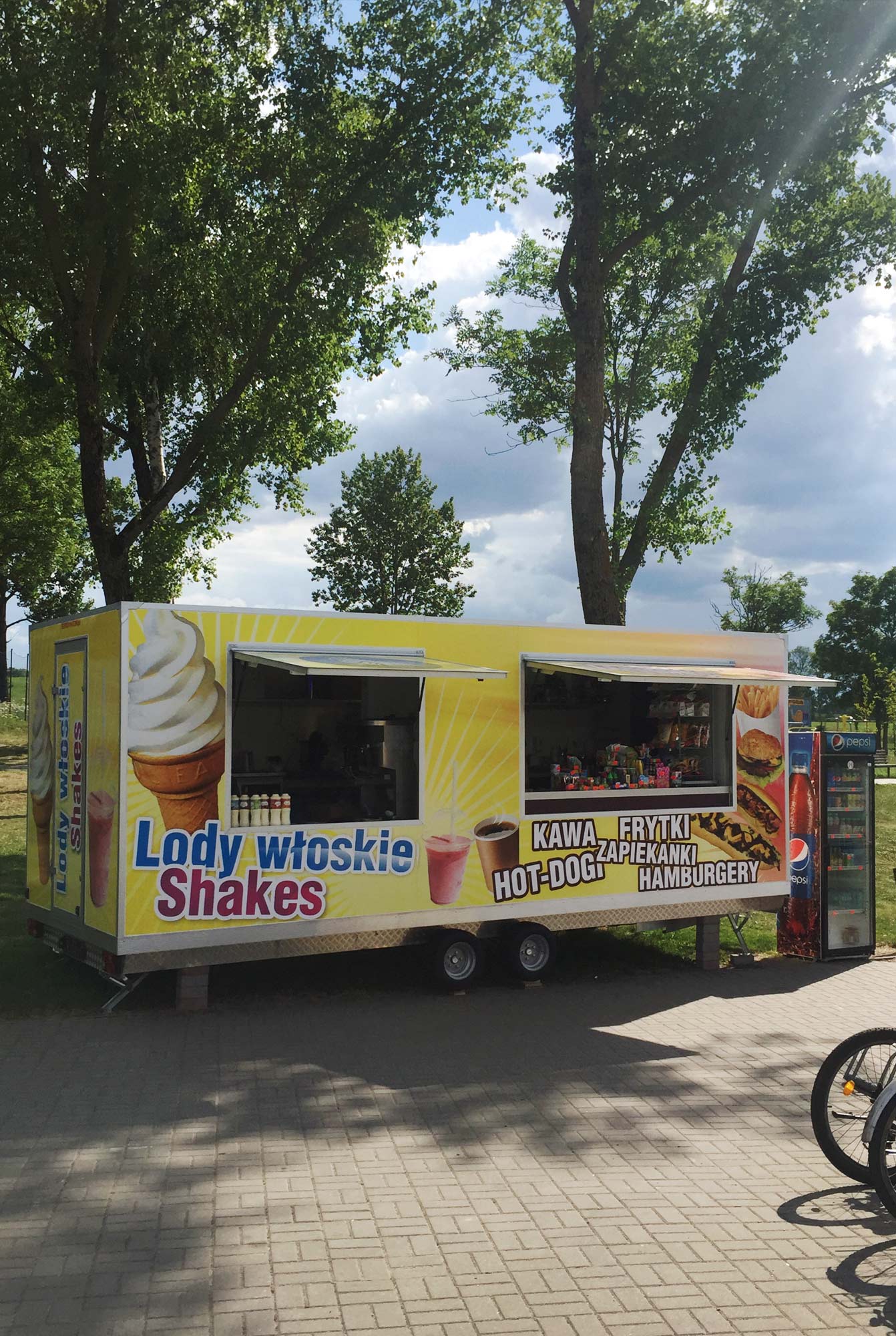


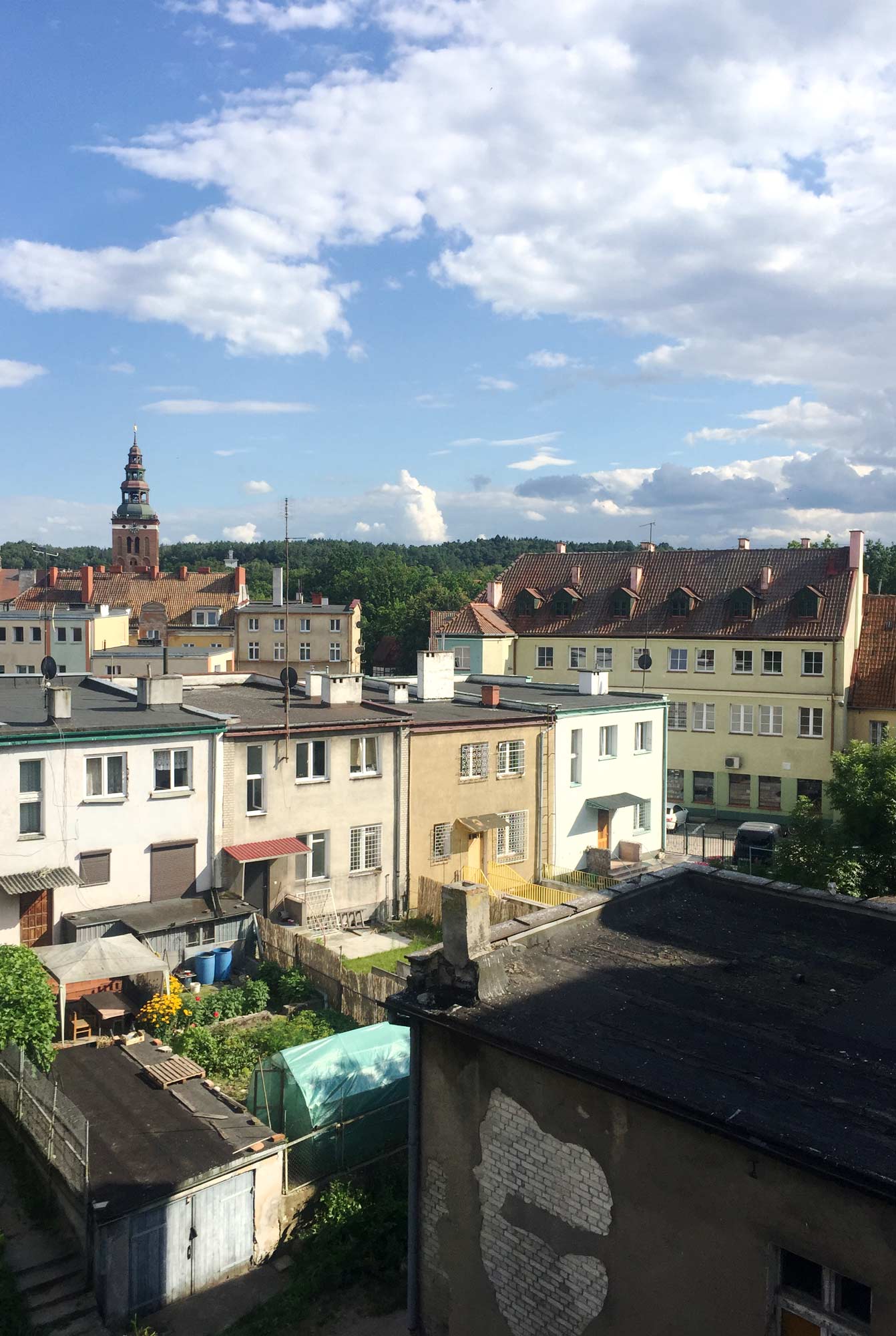
However, the reason why I drove hundreds of miles through all of Poland is Lidzbark Warminski’s turbulent history, which shaped not only Poland and Europe, but also me.
Before WW2, Germans were the majority for centuries. Back then, the town was called Heilsberg, part of powerful Prussia.
Allegedly, Copernicus set up his famous theory in Heilsberg and Karl Friedrich Schinkel, the Neo-Classical architect built one of his impressive wooden churches. But the most important historic event was the so-called Battle of Heilsberg, one of the biggest blood battles in modern Europe, led by Napoleon Bonaparte.
In memory of the great battle, you can still find the name Heilsberg engraved in the famous Arc de Triomphe in Paris today.


Centuries later with the capitulation of Nazi Germany, the population changed drastically.
After the WW II Poles moving from the East took over, renamed the town Lidzbark Warminski and got rid of all things German. At the same time, displaced Germans were forced to resettle westward in Allied-occupied Germany.
Since most cities had been bombed heavily, new simple residential areas were built on the outskirts in no time for the refugees. The apartment blocks were of little allure, mainly because they were built from the rubble of the destroyed cities.





Fast forward to 1991, when the civil war broke out in Yugoslavia, I got stranded in Schönau, one of those post-war settlements in a remote district of Mannheim, a provincial town in South Germany.
All the streets were named after Prussian cities that the Germans who had built these new settlements had left behind: Königsberg, Tilsit, Marienburg or Memel. Me and my family ended up living in – listen up – Heilsberger Strasse (Heilsberg Street).
When we arrived, most of the Germans had already moved away. It was mainly foreign so-called guest workers from Turkey, Russia and Poland who now settled here.

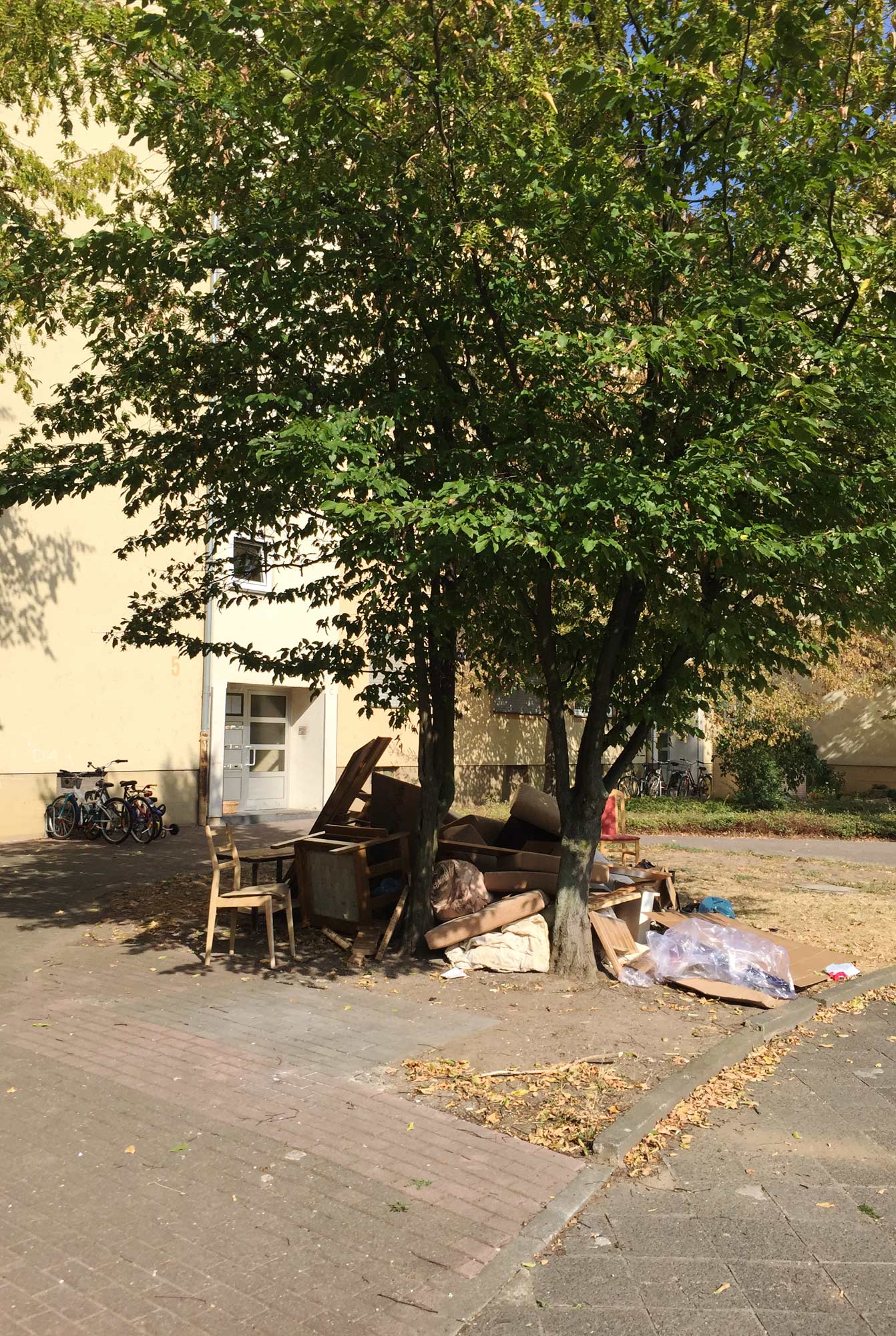
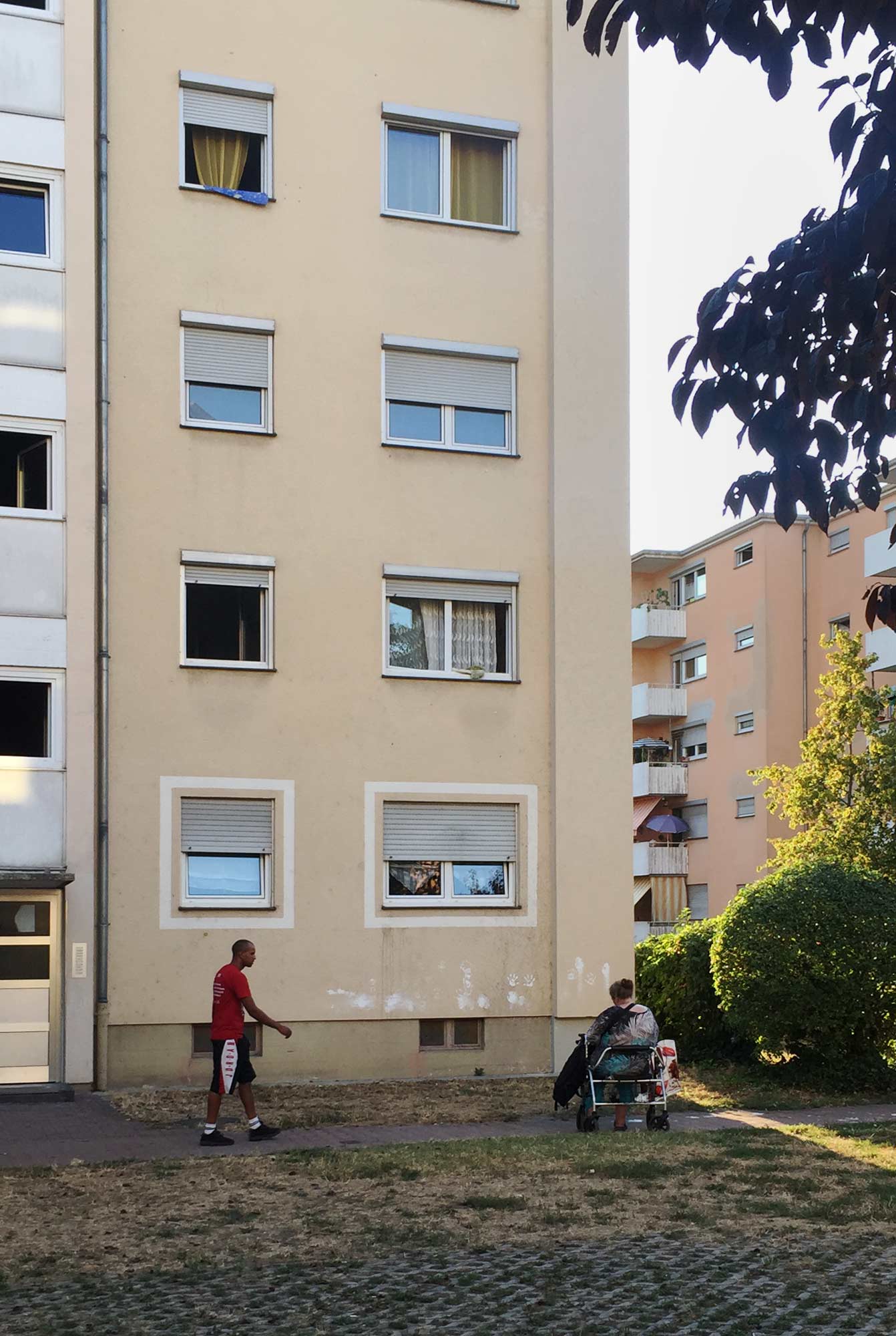



Schönau had always been a working-class neighborhood, considered poor, neglected, socially weak and for a time even dangerous due to its high crime rate. But it also has always been the first docking in the area for immigrants and refugees from around the world.
Even as a kid I knew: Damn! I’m not set up for an idyllic childhood in this area.
It was hard to get along with Schönau, also because I knew there were nicer places to live. I moved out when I was 18. Within all these years it never came to my mind to question the history of Schönau and its connection with distant towns in what is now Poland.



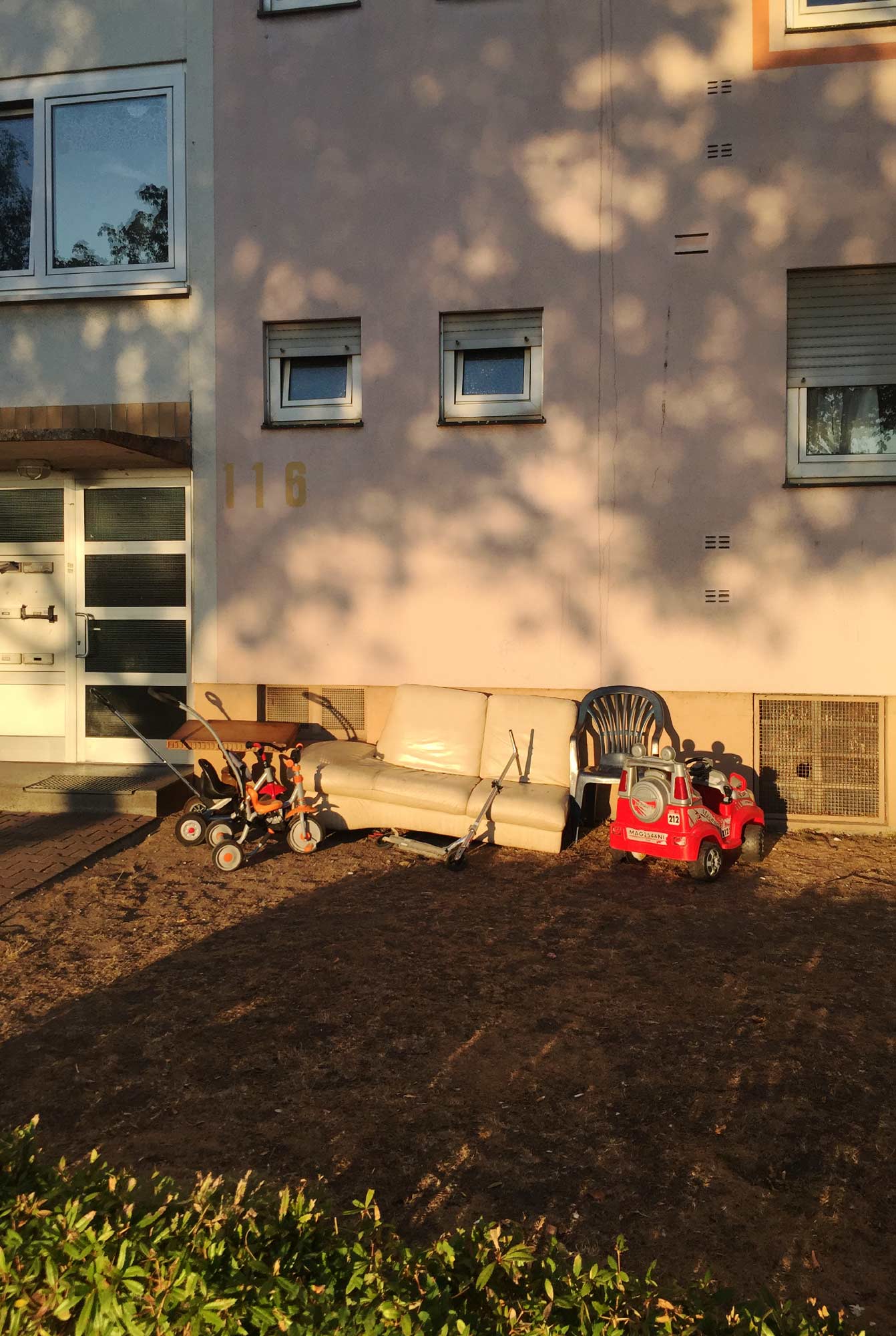
However, finding out recently that this place was built for refugees 70 years ago and that it hasn’t changed in all these years got me thinking: how tragic and sad and at the same time comical and repeatable the history of a small place can be, what impact it can have on us, no matter when it took place, no matter to what extent, no matter if on a tiny personal or enormous scale. I never liked it but I kind of got pity for Schönau now.



Thus I was curious about Heilsberg, the place where the first residents of Schönau came from. And the place that indirectly influenced my childhood.
Schönau still exists. Some buildings have since been demolished because they simply do not meet today’s standards. Some have been renovated.
And it is still an arrival point for people from all over the world. Today mainly refugees from Africa and people from the Middle East live here. I wonder what goes through the kids’ minds in Schönau nowadays.